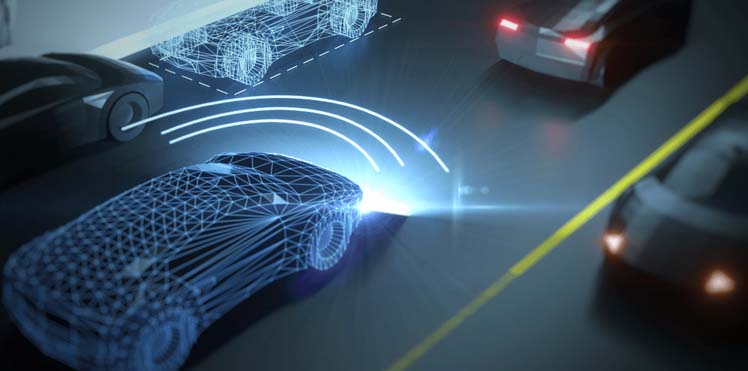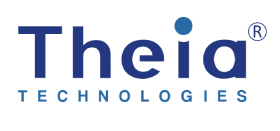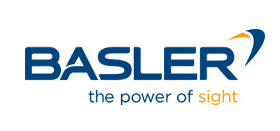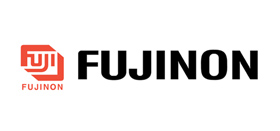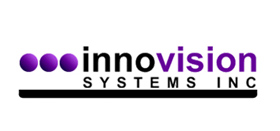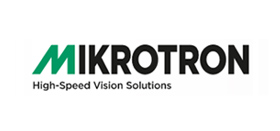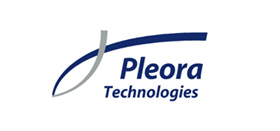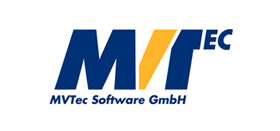Listen to this Article
Multispectral and hyperspectral imaging technologies have transformed numerous industries, making advancements once only seen in science fiction. They deliver detailed insights that were previously out of reach, enhance our ability to analyze materials precisely, and empower us to spot issues that traditional imaging systems might miss. As these technologies evolve, they will be vital in tackling significant future challenges, including environmental sustainability and global security.
Currently, multispectral and hyperspectral imaging is used in industries like manufacturing, medicine, and agriculture to improve precision and efficiency. In manufacturing, these technologies enable quality control to detect defects and ensure product consistency, even at a micro level. In the medical field, multispectral and hyperspectral imaging provide leading-edge capabilities in diagnostics and treatment. They enable non-invasive analysis of tissues, aiding abnormality detection. Agriculture benefits significantly from these imaging technologies by optimizing crop management and increasing yield.
As multispectral and hyperspectral imaging technologies continue to mature, their applications have expanded, driving further innovation and creating new efficiencies and opportunities across multiple industries:
Environmental Monitoring
- Provides essential data on climate change effects.
- Supports biodiversity conservation efforts by accurately mapping habitats.
- Analyzes plant health at a molecular level, allowing for targeted interventions and better resource management.
Security and Defense
- Enhances surveillance capabilities by detecting objects and materials that traditional imaging might overlook.
- Improves situational awareness, enabling more informed decision-making.
- Facilitates the identification of potential threats in complex environments, increasing safety and responsiveness.
Autonomous Systems
- Self-driving vehicles can leverage these imaging technologies to navigate complex environments more precisely.
- Capable of identifying road conditions, obstacles, and signage, which contributes to safer and more efficient transportation.
- Enhances the overall functionality of autonomous systems, making them more reliable and effective.
Urban Planning and Infrastructure
- Offers detailed analysis of urban landscapes, aiding in sustainable city development.
- Assists in monitoring infrastructure health and identifying areas requiring maintenance or upgrading.
- Supports smart city initiatives by providing data that improves public services and resource distribution.
Cultural Heritage Preservation
- Enables non-invasive examination of artworks and historical artifacts, revealing hidden details and aiding restoration efforts.
- Facilitates monitoring of heritage sites, helping protect them from environmental and human-induced damage.
- Provides insights into ancient materials and techniques, enriching our understanding of past cultures.
Mining and Mineral Exploration
- Assists in identifying mineral compositions from afar, reducing the need for intrusive exploration methods.
- Enhances the precision of resource extraction, minimizing environmental impact while maximizing yield.
- Supports sustainability efforts by monitoring the effects of mining activities on the surrounding environment.
Other Industries
- SWIR imagers are used in many other applications. including silicon inspection, laser beam profiling, and chemical and plastics sensing.
As these technologies become more cost-effective and accessible, their integration into everyday applications will become some available. The ability to capture and analyze data with such depth and accuracy will continue to drive innovation, leading to more intelligent solutions and more informed decision-making across multiple sectors.
The future of machine vision, powered by multispectral and hyperspectral imaging imaging tools and lenses is bright, offering a world where we can see and understand more than ever.
Source: computar.com
Also Read: When to choose a trilinear line scan color camera
Back to All Robotics and Autonomous Systems Articles, Resources and News


